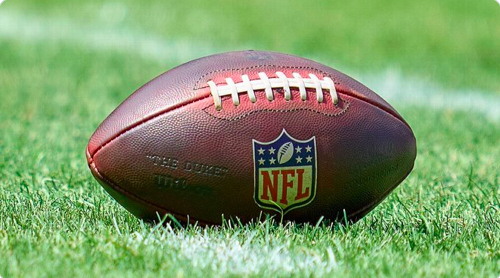The $800 million concussion lawsuit settlement between retired NFL players and the NFL is in jeopardy according to NFL.com reporter Albert Breer. On Tuesday, the judge presiding over the case in U.S. District Court denied preliminary approval of the $765 settlement that legal experts believe was a bargain for the league.
While it doesn't necessarily mean that the settlement has been outright rejected by the court, it does mean that the judge is seeking a special master to look over the actuarial data to compute insurance risks and premiums and to ensure the economics are in order.
George Washington Law School professor John Banhaf saw a potential roadblock developing back in December when he spoke to Forbes.
More than 2,000 retired NFL players may refuse to accept the negotiated settlement, which he says would allow the NFL it to keep secret what it knew about the dangers of concussions. Banzhaf further notes that even if only a small number of former players opt out of the settlement, thereby allowing the settlement to still be accepted by the court, those players who choose to opt out of the settlement class may bring separate litigation to earn additional compensation and force the NFL to disclose closely held information concerning what they knew (and maybe did not know) about concussions in the time period reflected by the players’ claims.
The proposed settlement was already delayed while Brody's previously appointed special master investigated potential “double dipping” by some of the plaintiffs’ attorneys involved in negotiating the settlement.
In her latest ruling Judge Anita Brody disclosed concern about whether the amount would be sufficient after the numbers came back. Of the $765 million, $675 million was to be distributed amongst the 2,000 retired players and their families involved in the class action suit.
However, doubts emerged after scrutiny of both parties' file documentation to conclude whether amount would be adequate.
“I am primarily concerned that not all Retired NFL Football Players who ultimately receive a Qualifying Diagnosis or their related claimants will be paid,” Judge Brody wrote in the court filing. “It is difficult to see how the Monetary Award Fund would have the funds available over its lifespan to pay all claimants at these significant award levels.”
ESPN's Lester Munson agreed with Banhaf's assessment that players could opt out of the agreement after reviewing the 356 pages of settlement details filed in federal court last week.
With many players reported to be growing restive and anxious during the four months that have elapsed since the first report of the settlement in August, the specific terms of the agreement that were disclosed Monday may add to their concerns. Here's a big reason why: Early reports on the settlement indicated payments of as much as $5 million to an individual injured player, but the specific amounts described in the settlement's "monetary award grid" show significantly lesser sums.
To qualify for the often-mentioned $5 million award, a player must be diagnosed with ALS, also known as Lou Gehrig's disease, before the age of 45. Only a handful of players will qualify. Such an award would be reduced if the player is diagnosed with dementia or Alzheimer's later in life and would be available only to players with five full seasons of experience in the NFL. Lesser awards would be available to players with less NFL experience.
After paying typical legal fees up to one-third of the award, Munson believes most players won't receive much more than $375,000 in total.
More problems for the settlement is delaying the payment of compensation to players, but it also means that the NFL may have to pony up significantly more money when all is said and done. Turns out this saga in NFL history may not be over just yet.

